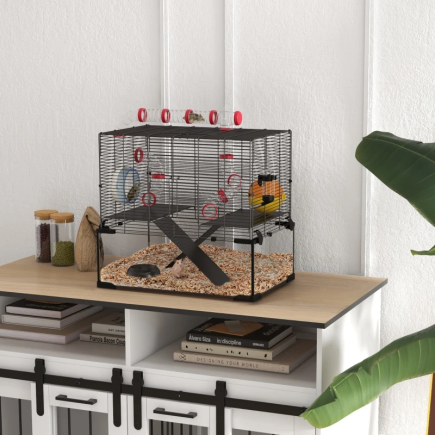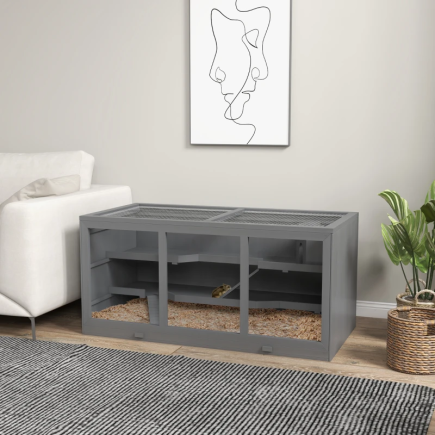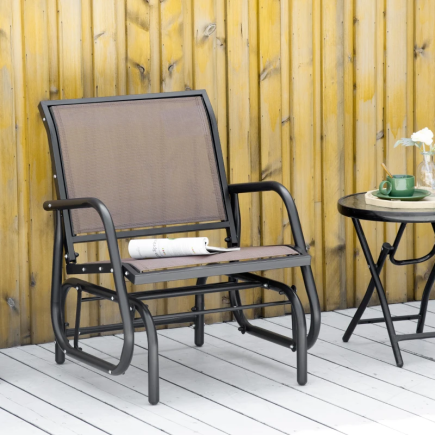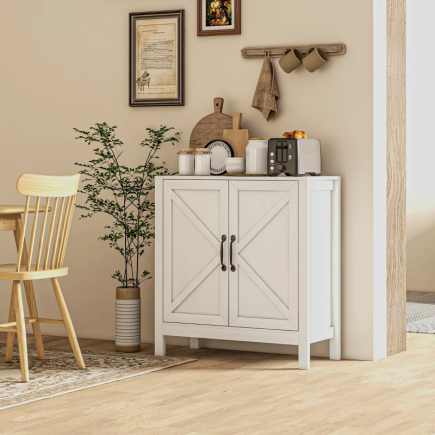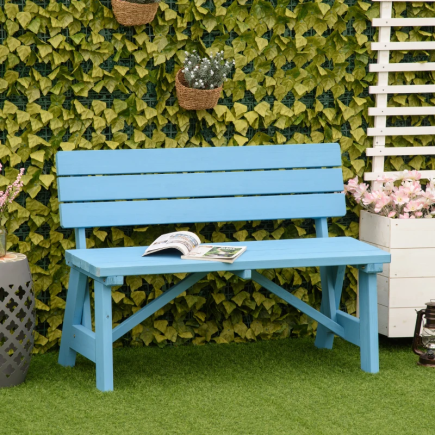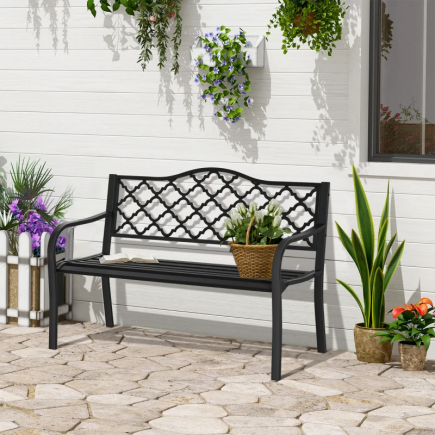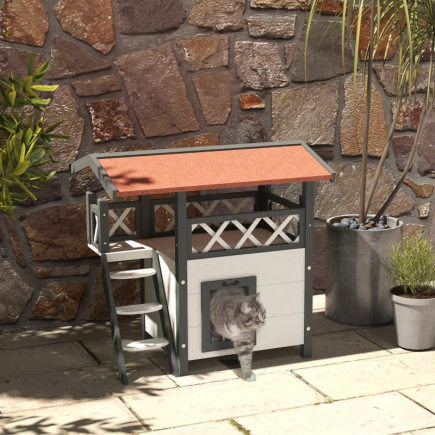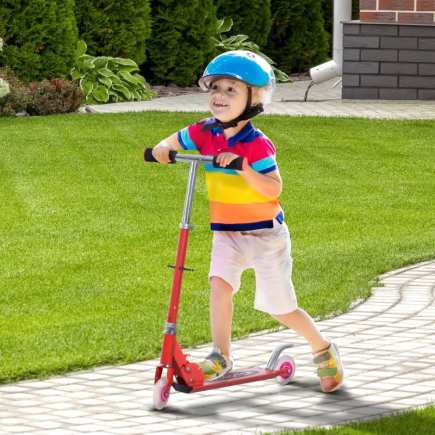Growing organic beans in your raised garden is one of the most satisfying gardening experiences. Beans are easy to grow, provide bountiful harvests, and are excellent for your soil. Raised garden beds take your bean growing to the next level by improving drainage, soil quality, and accessibility.

1. Choosing the Right Raised Garden Bed for Your Beans
The next step is selecting the perfect raised garden bed for your beans. The right garden bed will provide enough space, proper drainage, and support for your plants.
Consider the Size and Material
Beans need plenty of space to grow, and raised beds offer the perfect solution. A height of at least 10-12 inches is ideal for allowing roots to spread. Additionally, materials such as treated wood or galvanized steel are great choices for durability and weather resistance.
Recommended Product:

For a versatile, durable option, the Outsunny Galvanized Raised Garden Bed is perfect for growing beans. It’s made from galvanized steel, so it’s resistant to wear and tear from the elements. Plus, the open-bottom design allows for better root growth and drainage.
2. Selecting the Right Bean Varieties for Your Raised Garden Bed
Choosing the right variety of beans is crucial for successful growth. There are two main types of beans you can grow: bush beans and pole beans. Each has specific requirements and benefits.

Bush Beans
- Compact Size: Bush beans are short and grow in a compact form, making them perfect for smaller raised beds.
- No Trellis Required: These beans grow without needing vertical support, which simplifies the growing process.
- Quick Harvest: Bush beans mature faster (around 50-60 days), so they’re great for gardeners with a shorter growing season.
Pole Beans
- Vertical Growth: Pole beans require vertical support, making them ideal for maximizing space in your garden. A raised bed with a trellis or support structure works perfectly here.
- Higher Yield: Pole beans tend to produce higher yields than bush beans, though they take longer to mature (70-90 days).
- Space-Efficient: By growing vertically, pole beans save valuable ground space, allowing you to grow more in a smaller area.

Tip: If you’re growing pole beans, invest in a raised garden bed with a built-in trellis, such as the Outsunny 3-Tier Raised Garden Bed with Trellis. This design maximizes your space and provides essential support for your climbing beans.
3. Preparing Your Raised Garden Bed for Bean Planting
Now that you’ve chosen the right bean variety, it’s time to prepare your raised bed. Proper soil preparation, drainage, and location selection are crucial to ensuring your beans grow healthy and strong.

Choosing the Right Location
Beans need full sun to thrive. Choose a sunny spot for your raised garden bed where your beans will get at least 6-8 hours of sunlight a day. Beans are sensitive to frost, so ensure you plant them only after the last frost date in your region.
Soil Preparation
Beans prefer well-draining soil that is rich in organic matter. A good mix for beans includes:
- Compost: Adds nutrients and improves soil texture.
- Aged Manure: Provides a steady source of nutrients for beans.
- Loamy Soil: Beans like loose, well-draining soil, so avoid compacted or heavy clay soils.

To make sure your soil is ready for planting, enrich it with organic compost and organic fertilizers. For a raised bed that helps improve soil quality, consider the Outsunny 6 Pocket Raised Garden Bed. The pockets allow for better soil management by keeping different plants and soil types separate.
4. Planting Organic Beans in Raised Beds

Once your raised bed is prepared, it’s time to plant your beans.
When to Plant Beans
Plant beans in early spring, after the last frost has passed and the soil has warmed up to around 60°F (15°C). Beans are sensitive to frost and will not germinate in cold soil.
How to Plant Beans
- Bush Beans: Plant seeds about 1 inch deep, 4-6 inches apart.
- Pole Beans: Plant seeds about 1 inch deep, spaced 6-8 inches apart. Make sure to provide support for the climbing beans early on.
Tip: Plant beans in rows to give them enough space to grow and allow for proper air circulation. For pole beans, provide support with a trellis or tall garden structure.
5. Caring for Your Organic Beans as They Grow
Beans are relatively easy to care for, but they do require attention to watering, pest management, and support.
Watering Beans
Beans need consistent moisture, but they don’t like to sit in soggy soil. Water deeply but infrequently to encourage deep root growth. Aim to water once a week unless the weather is particularly dry.
Recommended Product:

The Outsunny Raised Garden Bed with Trellis and Self-Watering Disk is an excellent choice for maintaining the right moisture level. The self-watering disk ensures your beans receive consistent moisture without overwatering.
Mulching
Mulch around your bean plants to retain moisture, regulate soil temperature, and prevent weed growth. Organic mulches like straw or shredded leaves are perfect for beans.
Supporting Pole Beans
For pole beans, use vertical supports such as trellises or tall stakes. The Outsunny 3-Tier Raised Garden Bed with Trellis is ideal for supporting pole beans and saving space by growing them vertically.
6. Weed and Pest Management

Weeds and pests are common challenges for bean growers. Here’s how to manage them organically.
Managing Weeds
Weed your raised garden beds regularly to prevent weeds from competing with your beans for nutrients. Use mulch to suppress weeds naturally.
Dealing with Pests
Common pests like aphids, slugs, and beetles can attack beans. Use organic methods to control pests:
- Neem Oil: A natural pesticide that is safe for beans.
- Beneficial Insects: Ladybugs, for example, can help control aphids.
7. Harvesting Your Organic Beans

When to Harvest
Beans are typically ready to harvest when the pods feel firm and the seeds inside are fully developed. For bush beans, this is usually about 50-60 days after planting. For pole beans, it may take 70-90 days.
Harvesting Techniques
Use scissors or gently pull the bean pods from the plant. Be careful not to damage the plant. If you’re harvesting for drying, leave the pods on the vine until they are completely dry.
8. Storing Your Beans
To store your beans for long-term use:
- Dry the Beans: Ensure they are fully dried before storage.
- Use Airtight Containers: Store dried beans in jars or airtight containers to protect them from moisture and pests.
FAQs
1. What should I do if my beans are growing too slowly?
Slow growth could be due to insufficient sunlight or poor soil conditions. Ensure your beans receive at least 6-8 hours of direct sunlight each day and amend the soil with organic compost or fertilizer. Also, check for proper watering—beans thrive in consistently moist, but not waterlogged, soil.
2. How can I prevent my bean plants from falling over?
To prevent your beans from falling over, especially pole beans, provide sturdy vertical support early on, like a trellis or stakes. For bush beans, ensure they are spaced correctly to reduce overcrowding. Support helps keep the plants upright and encourages healthy growth.
3. What can I do to combat aphids on my beans?
Aphids can be controlled naturally using neem oil or insecticidal soap. You can also introduce beneficial insects, such as ladybugs, to help reduce aphid populations. Regularly inspect your beans for pests to catch problems early.


